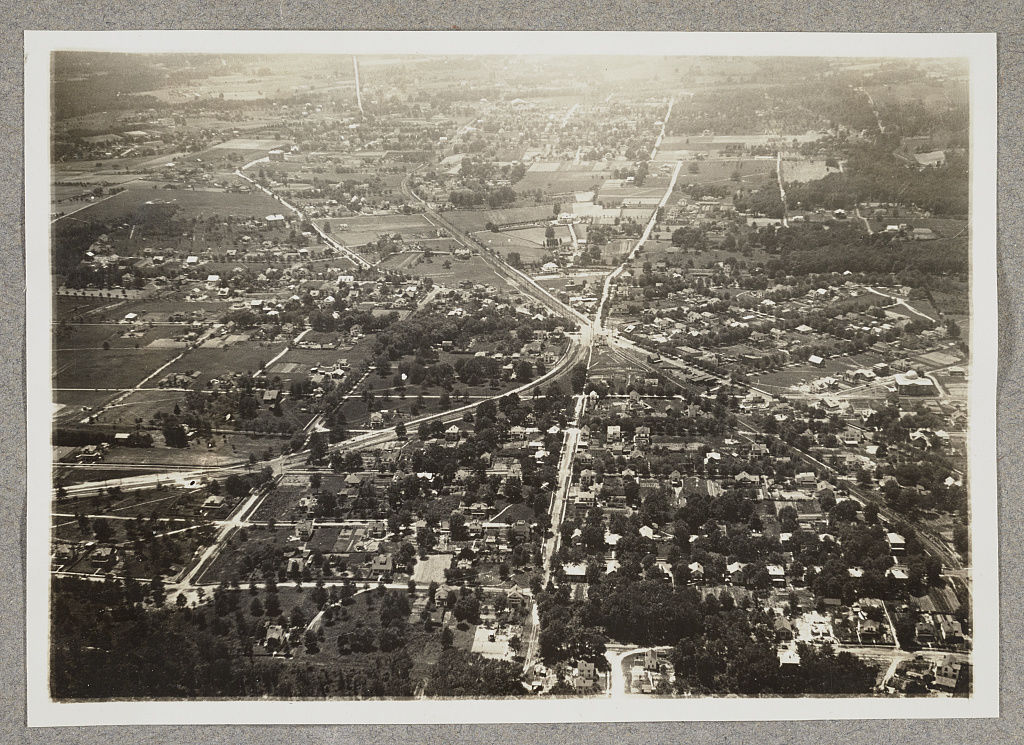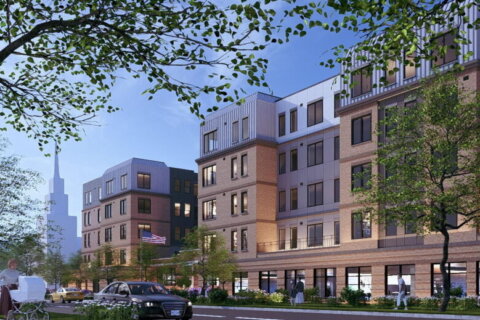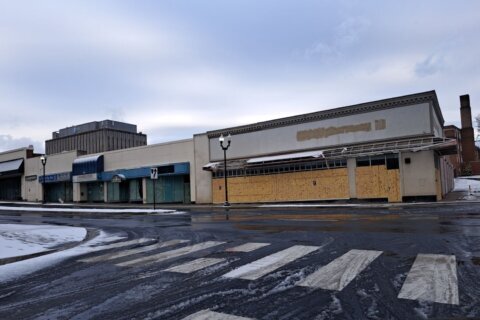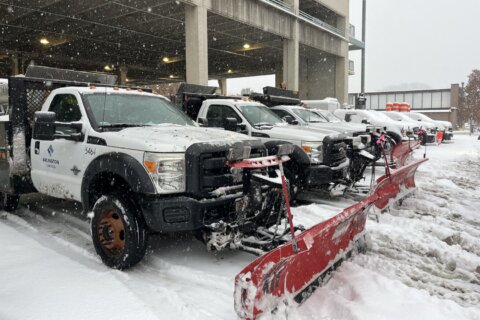
A new mapping project offers a window into Arlington County’s past, with images of schools, homes and businesses taken around 1920 — when Woodrow Wilson was in the White House and only around 20,000 people called the now-bustling D.C. suburb home.
The Arlington Historical Society’s digital “centennial storymap” commemorates the upcoming 100th anniversary of the Virginia county getting its present-day name, with a glimpse at what Arlingtonians of the time might have come across on an morning stroll or horse ride, according to the society’s website.
The interactive map includes 115 photos of old mansions, rowhomes, farms, churches and government buildings standing when the county earned its modern name in 1920. That’s when the Virginia legislature renamed Alexandria County to Arlington County to avoid mounting confusion with the independent City of Alexandria.
“I think that this storymap, besides being nifty, allows people to play with it, and also give you a real historical sense of what Arlington used to look like besides these fantastic visions of glamour columns,” the map’s creator, local historian Charlie Clark, told ARLnow.
Dozens of the homes pictured have been lost to the ages, but some can still be found tucked away between suburban sprawl from Clarendon to East Falls Church. Other images give a sense of life at the time, from the old Rosslyn Trolley Station to canoeing under the since-demolished Aqueduct Bridge over the Potomac.
The year 2020 will mark 100 years since locals settled on the name Arlington, after Arlington House, once the home of Confederate Gen. Robert E. Lee which now stands as his memorial at Arlington National Cemetery.
In a parallel timeline, Arlington County might have been named George Washington, Pocahantas or Arcova — short for “Arlington County, Virginia.”
The land which today constitutes Alexandria and Arlington was ceded from the District of Columbia back to Virginia in 1846. The county’s rural residents slowly untangled from Alexandria proper in the decades that followed as they grew weary of traveling long distances for municipal services.








